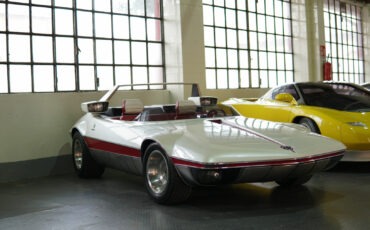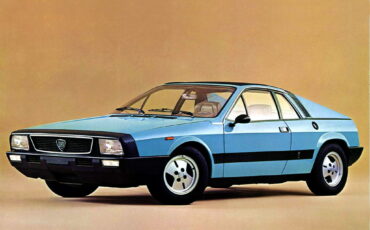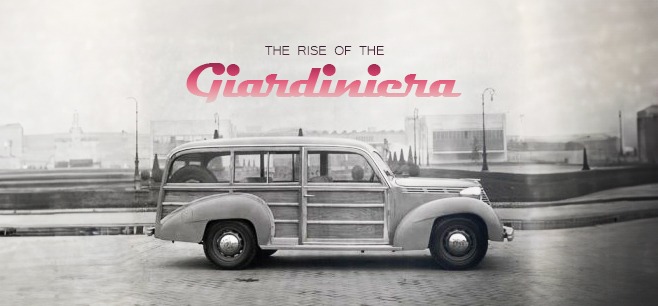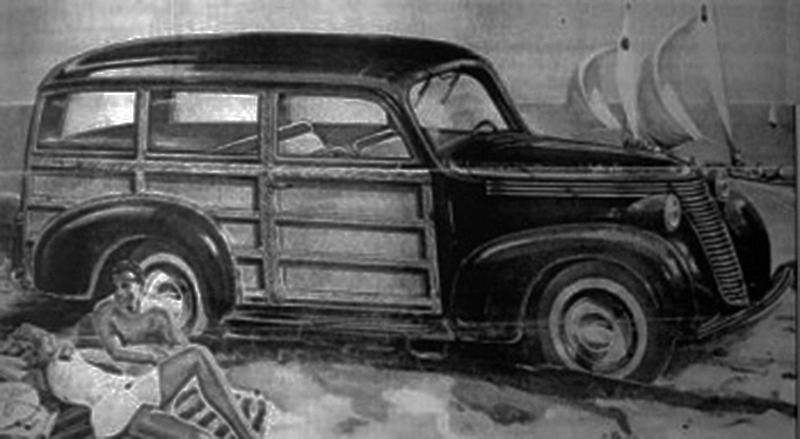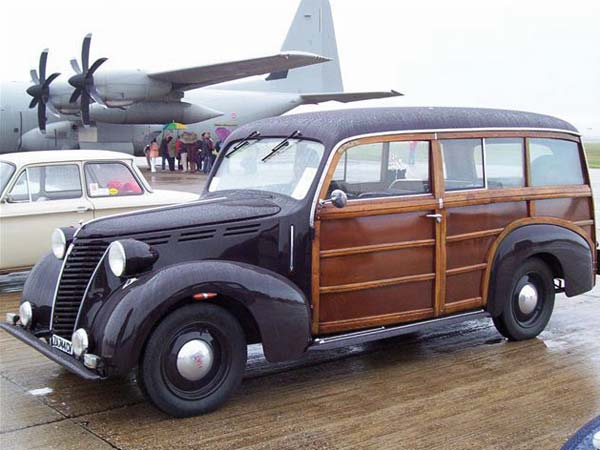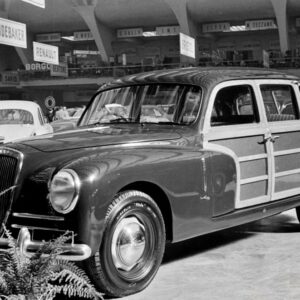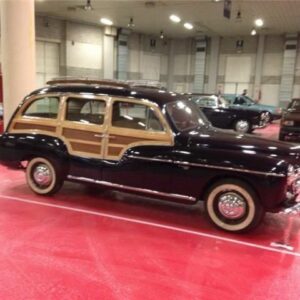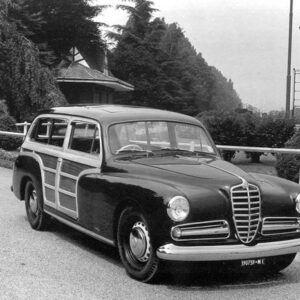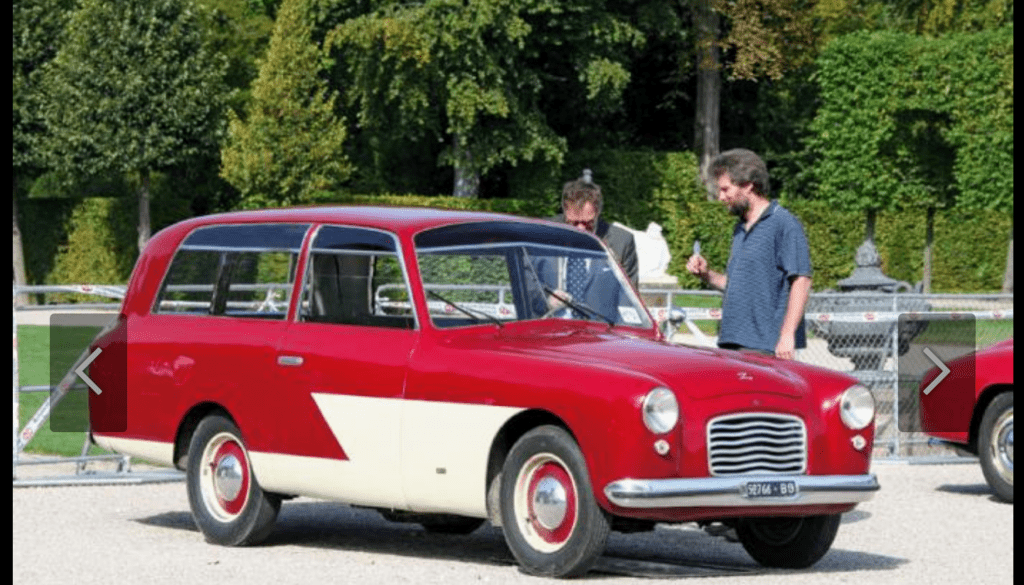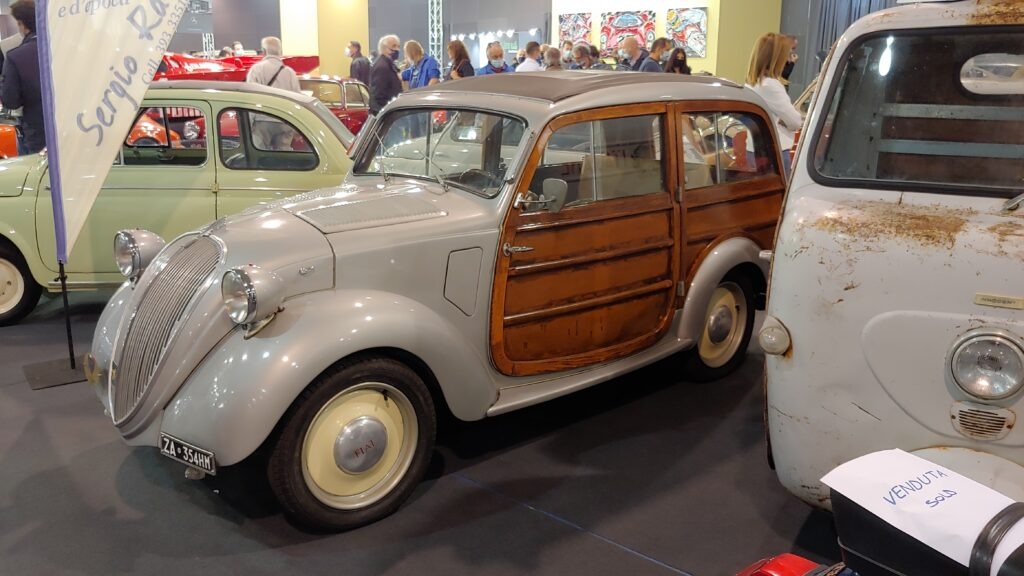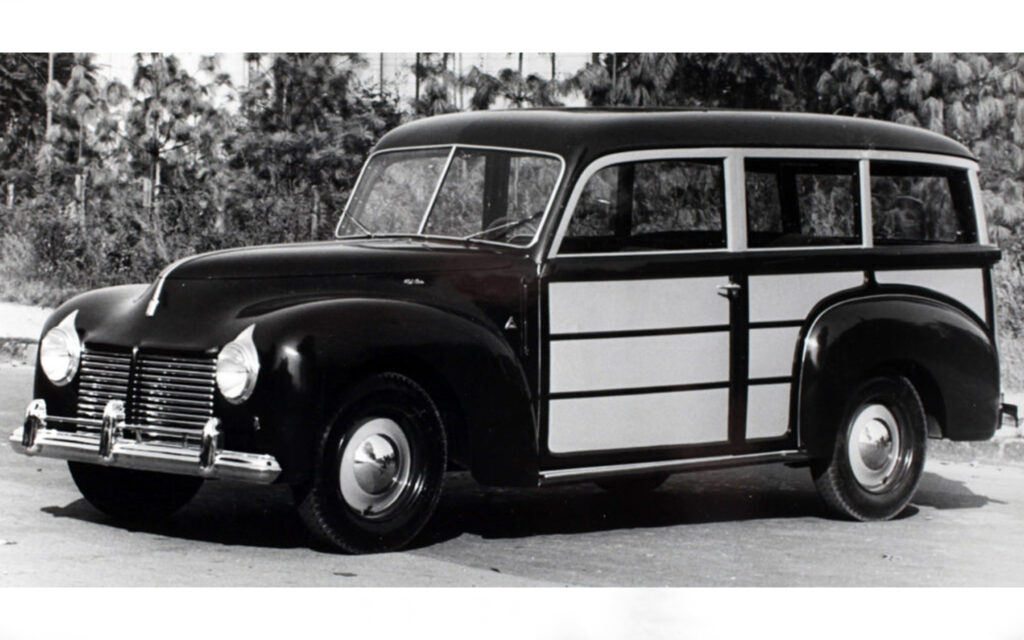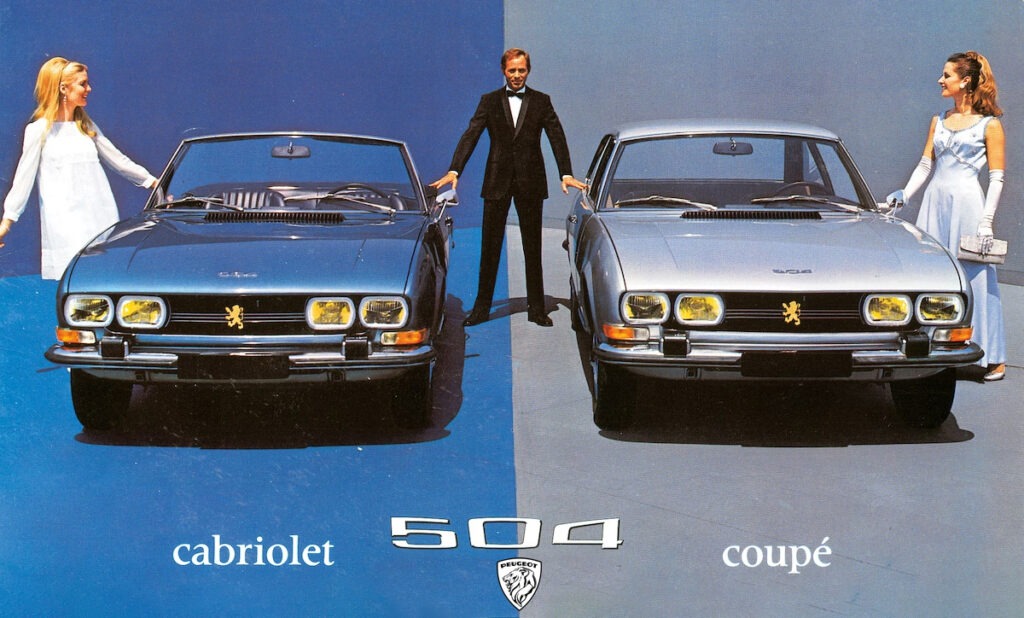
In the ever-evolving landscape of automotive design, certain models emerge as timeless classics that transcend eras. The Peugeot 504 Coupe and Cabriolet, introduced in 1969, stand as exemplars of sophistication and elegance. Designed by Franco Martinengo at Pininfarina, these four-seater classics captivated the automotive world with their distinctive design and engineering prowess. This comprehensive exploration delves deeper into the evolution of the Peugeot 504 Coupe and Cabriolet, chronicling their journey from inception to the end of their production in 1983 and beyond.
The 504 Coupe's Design Marvel
The Peugeot 504 Coupe made a resounding debut, showcasing a design that diverged from traditional coupe offerings. Unlike the common practice of merely adapting sedan designs, Peugeot took a bold step with a completely new body for the coupe, emphasizing a sportier stance. The shortened wheelbase by 19 cm, derived from the sedan platform, added a dynamic touch. The front end featured split quadrangular headlamp clusters flanking a grille divided by three slender horizontal slats, lending an air of exclusivity. The forward-sloping engine hood and wrap-around windshield contributed to the streamlined aesthetics that would remain appealing for years to come.
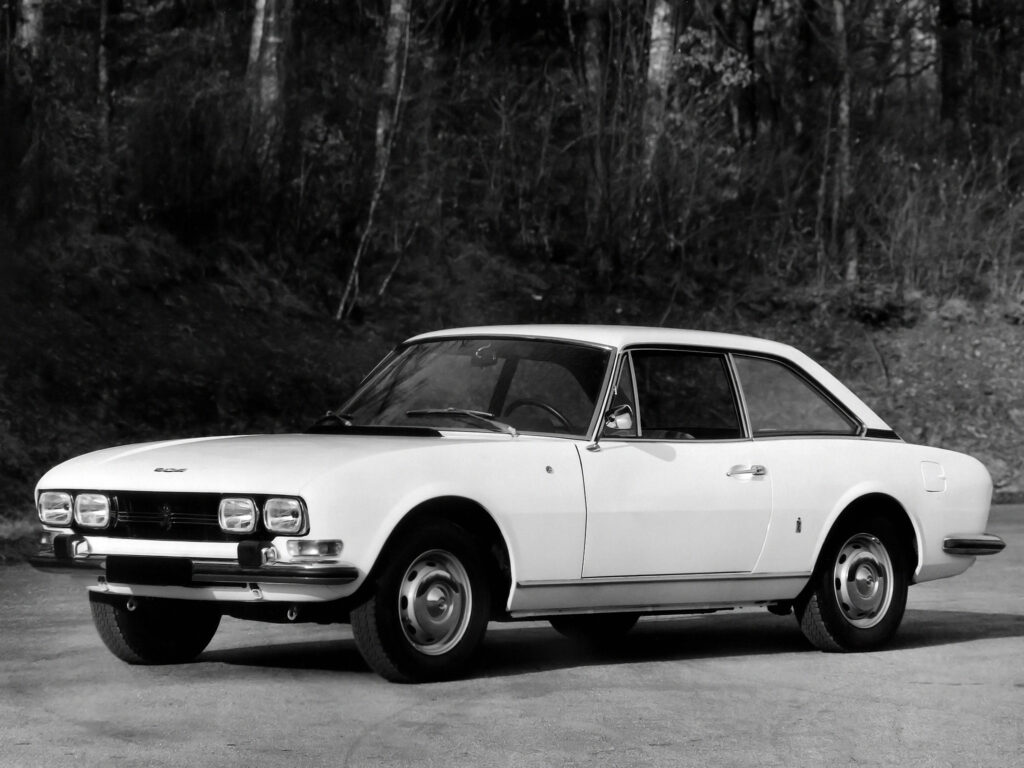
Engine Options and Transmissions
At its introduction, the 504 Coupe boasted a 1.8-liter engine with Kugelfischer mechanical injection, generating 97 DIN hp. The transmission was exclusively a 4-speed manual gearbox, positioned on the floor for a sportier feel. The shift in 1970 to a more potent 2-liter fuel-injected engine, producing 104 hp, marked an evolution that coincided with the introduction of the 3-speed automatic transmission as an option for both coupes and convertibles.
The pivotal year of 1974 witnessed a restyling effort that introduced the 2664 cm³, carburetor-powered, 136-hp PRV V6 engine for both the coupe and convertible. The 2-liter engine was phased out during this period. Responding to consumer demands in 1978, Peugeot reintroduced the 2-liter fuel-injected engine, now with slightly revised power curves, delivering 106 hp. Simultaneously, a more robust V6 variant, equipped with Bosch K-Jetronic fuel injection and boasting 144 hp, was introduced exclusively for the coupe. This V6 variant was coupled with a 5-speed manual transmission, enhancing the driving experience for enthusiasts.
Further Transformations and Restylings
The year 1980 brought a subtle yet impactful restyling, with modifications to the front grille and the adoption of more substantial bumpers. The 2-liter engine versions received an upgrade from a 4-speed to a 5-speed transmission, providing drivers with enhanced control. In 1981, the V6 coupe underwent further enhancement with the introduction of new light alloy wheels, not only improving performance but also adding a touch of modernity to the aesthetics.
As the summer of 1983 approached, Peugeot made the decision to cease production of both the coupes and convertibles, marking the end of an era for the Peugeot 504 range. This hiatus lasted 14 years, with no mid- to high-end Peugeot coupes gracing the market until the revival with the introduction of the 406 Coupe in 1997 also designed by Pininfarina.
The Cabriolet's Indelible Mark
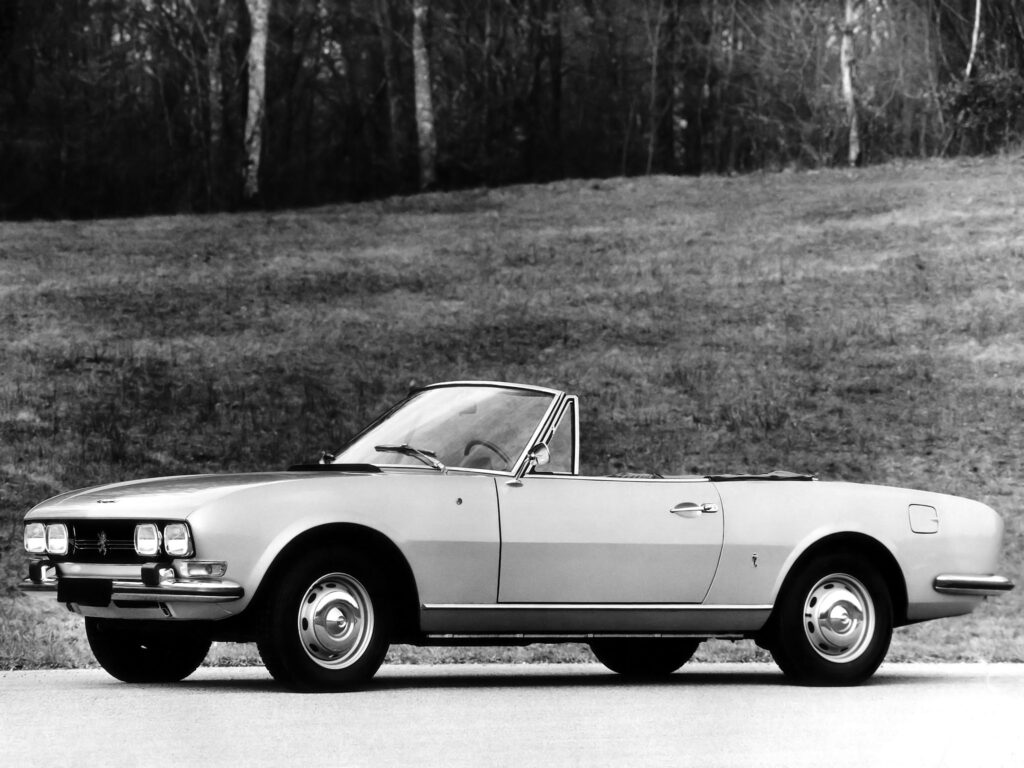
Parallel to the coupe’s journey, the Peugeot 504 Cabriolet made its own indelible mark on the automotive landscape. Sharing many design elements with the coupe, the Cabriolet differed primarily in its roof, headliner, and rear window, which were replaced by a canvas soft top. The Cabriolet featured the same engine options as the coupe, with the 3-speed automatic transmission remaining exclusive to the coupe.
The Cabriolet underwent a restyling in 1974 alongside the coupe, incorporating changes in the grille, front lights, rear lights, and upholstery. In 1980, the introduction of polyurethane bumpers, painted to match the body color for metallic models and black for opaque paint models, brought a modern touch to the exterior. The Cabriolet’s story mirrored that of the coupe, marking an end to production in August 1983, leaving a void that would not be filled until the resurgence of Peugeot coupes in later years.
Conceptual Innovation
Adding a layer of intrigue to the narrative is the unveiling of the Riviera concept at the Paris Motor Show in September 1971. Based on the design of the 504 Coupe and Cabriolet, the 504 Break Riviera showcased innovation by being labeled as France’s first and only shooting brake. This conceptual twist underscored the creative collaboration between Peugeot and Pininfarina, leaving an indelible mark on the history of French automotive design.
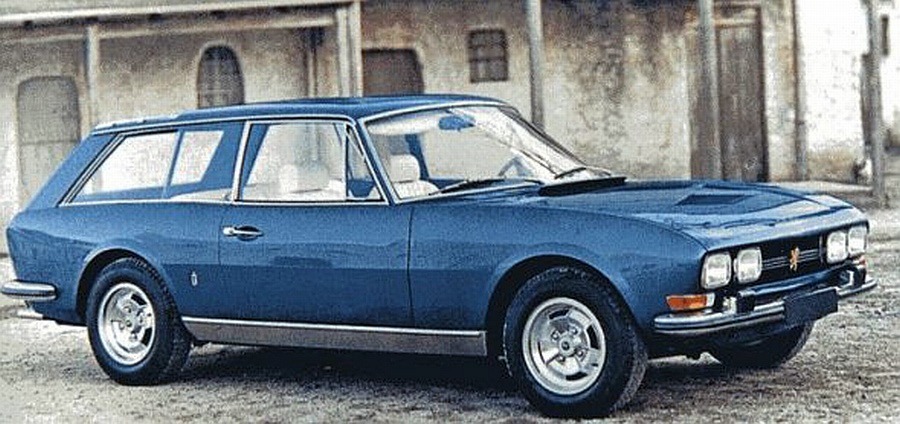
Conclusion
The Peugeot 504 Coupe and Cabriolet, born from the collaborative genius of Peugeot and Pininfarina, stand as enduring symbols of automotive elegance and engineering excellence. Their journey, spanning from the late ’60s to the early ’80s, showcased a continuous evolution in design, technology, and driving experience. Though production ceased in 1983, the legacy of the 504 Coupe and Cabriolet lives on, resonating with automotive enthusiasts and collectors as symbols of French/Italian craftsmanship.

